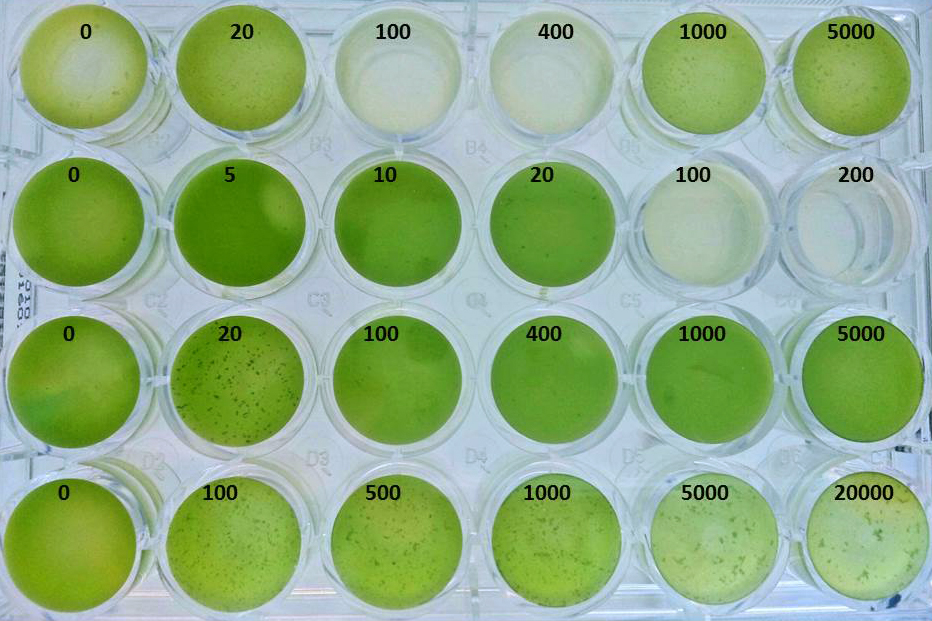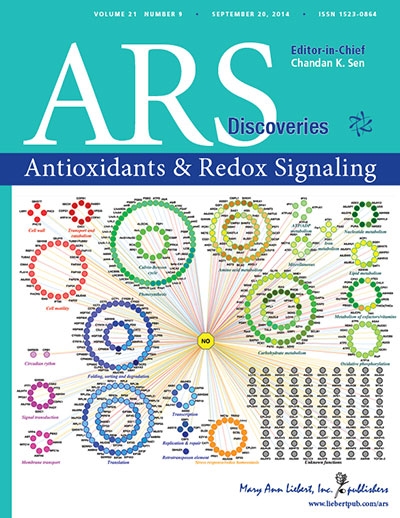Teams
Systems and Synthetic Biology of Microalgae
Stéphane Lemaire
Photosynthesis, the Earth’s most successful solar energy converter, provides energy and carbon for almost all life forms on our planet and is the original source of fossil fuels that drive our technologies. Photosynthetic biofuel production, as a renewable resource using solar energy and fixing atmospheric CO2, represents one of the promising alternative forms of energy. Moreover, improving crop yield to meet the demands of an increasing world population for food is a central challenge for plant biology. Addressing these major challenges will require a better understanding of the mechanisms of photosynthetic carbon fixation, of the processes allowing adaptation to environmental stresses and of the redox signaling network that tightly controls both processes. The group focuses on these three topics using a multidisciplinary approach combining biochemistry, protein engineering, proteomics, structural biology, genetics and cell biology. Our studies are focused on three model organisms: the green alga Chlamydomonas reinhardtii, the cyanobacterium Synechocystis sp. PCC6803 and the land plant Arabidopsis thaliana.
Understanding and Improving Photosynthetic Carbon fixation (Dr Stéphane Lemaire)
 The energetic efficiency of photosynthesis is not optimum and could potentially be increased by improving the CO2 fixation efficiency. In most organisms, photosynthetic carbon fixation relies on a dedicated pathway called the Calvin-Benson cycle (CBC) that employs ATP and reduced NADPH, both produced by the light-driven photosynthetic electron transfer chain, to fix atmospheric CO2 and thereby generate triose phosphate metabolites. Despite its crucial role in CO2 fixation, biomass production by agriculture for our food chain and photosynthesis-based biofuel production, our current knowledge on the CBC remains limited. This pathway is composed of 11 enzymes for which much remains to be learnt. Therefore our projects aim at understanding the regulation and kinetics of CBC enzymes, their relative stoichiometry, their association into supramolecular complexes and their structural properties.
The energetic efficiency of photosynthesis is not optimum and could potentially be increased by improving the CO2 fixation efficiency. In most organisms, photosynthetic carbon fixation relies on a dedicated pathway called the Calvin-Benson cycle (CBC) that employs ATP and reduced NADPH, both produced by the light-driven photosynthetic electron transfer chain, to fix atmospheric CO2 and thereby generate triose phosphate metabolites. Despite its crucial role in CO2 fixation, biomass production by agriculture for our food chain and photosynthesis-based biofuel production, our current knowledge on the CBC remains limited. This pathway is composed of 11 enzymes for which much remains to be learnt. Therefore our projects aim at understanding the regulation and kinetics of CBC enzymes, their relative stoichiometry, their association into supramolecular complexes and their structural properties.
Recent publications of the group on this topic:
Zhan Y, Marchand CH, Maes A, Mauries A, Sun Y, Dhaliwal JS, Uniacke J, Arragain S, Jiang H, Gold ND, Martin VJJ, Lemaire SD#, Zerges W# (2018). Pyrenoid functions revealed by proteomics in Chlamydomonas reinhardtii. PLoS One. 13(2):e0185039. Supp
#Corresponding authors
Environmental stress responses (Dr Antoine Danon)
 Cells continually need to adapt to their environment and have thus developed numerous systems to perceive extracellular factors or to sense changes of environmental conditions. Reactive oxygen species (ROS) are continuously produced during normal metabolism but are also produced transiently in response to different types of signals especially under biotic and abiotic stresses. This production activates specific signaling pathways resulting in adaptation to new environmental conditions using specific processes such as autophagy or in case of extreme stress triggers a suicide program, the programmed cell death (PCD). In Chlamydomonas, stress conditions and PCD can also affect cell-to-cell communication and cellular aggregation. Our projects aims at unraveling the major mechanisms of PCD, autophagy and cellular aggregation in photosynthetic organisms and their regulation by reactive species.
Cells continually need to adapt to their environment and have thus developed numerous systems to perceive extracellular factors or to sense changes of environmental conditions. Reactive oxygen species (ROS) are continuously produced during normal metabolism but are also produced transiently in response to different types of signals especially under biotic and abiotic stresses. This production activates specific signaling pathways resulting in adaptation to new environmental conditions using specific processes such as autophagy or in case of extreme stress triggers a suicide program, the programmed cell death (PCD). In Chlamydomonas, stress conditions and PCD can also affect cell-to-cell communication and cellular aggregation. Our projects aims at unraveling the major mechanisms of PCD, autophagy and cellular aggregation in photosynthetic organisms and their regulation by reactive species.
Recent publications of the group on this topic:
Redox signaling networks (Dr Christophe Marchand)

Redox post-translational modifications play a major role in numerous fundamental cell processes (including carbon metabolism, PCD and autophagy) and are implicated in a broad spectrum of human diseases (including cancer, AIDS, Alzheimer's disease, diabetes and several neurodegenerative, cardiovascular, muscular or pulmonary diseases). Redox modifications stand at the interface between ROS and adaptation to environmental conditions. Indeed, ROS mainly act through a set of reversible post-translational modifications of cysteine residues on proteins whose thiol group can undergo different states of oxidation such as sulfenic, sulfinic and sulfonic acids but also protein disulfide bridges (intra- or intermolecular), S-thiolation (glutathionylation, cysteinylation), nitrosylation or sulfhydration. These modifications are mainly controlled by small disulfide oxidoreductases named thioredoxins and glutaredoxins. Emerging evidence suggests the existence of an intricate crosstalk between multiple redox modifications that constitute a highly complex and robust signaling network which remains largely unexplored. Our projects aim at unraveling, using mainly quantitative proteomic approaches, this redox signaling network and its dynamics to get a more complete and accurate understanding of the mechanisms operating in cell regulation and signaling, with a special emphasis on redox regulation of carbon fixation and stress response pathways. The redox network is investigated in our photosynthetic model organisms but also in the yeast Saccharomyces cerevisiae to allow identification of common mechanisms likely to be conserved in other eukaryotes and to unravel specificities of redox signaling networks in photosynthetic organisms.
Recent publications of the group on this topic:
Pérez-Pérez ME, Mauriès A, Maes A, Tourasse NJ, Hamon M, Lemaire SD#, Marchand CH# (2017) The deep thioredoxome in Chlamydomonas reinhardtii: new insights into redox regulation. Mol Plant 10: 1107-1125.
# corresponding authors
Chardonnet S, Sakr S, Cassier-Chauvat C, Le Maréchal P, Chauvat F, Lemaire SD, Decottignies P (2015) First proteomic study of S-glutathionylation in cyanobacteria. J. Proteome Res. 14: 59-71. [Sup Data]
Morisse S, Zaffagnini M, Gao XH, Lemaire SD, Marchand CH (2014) Insight into protein S-nitrosylation in Chlamydomonas reinhardtii. Antioxid Redox Signal. 21(9):1271-84. [Sup Data]
Zaffagnini M, Bedhomme M, Groni H, Marchand CH, Puppo C, Gontero C, Cassier-Chauvat C, Decottignies P, Lemaire SD (2012) Glutathionylation in the photosynthetic model organism Chlamydomonas reinhardtii: a proteomic survey. Mol. Cell Proteomics. 11(2):M111.014142. Figure supplémentaire S1


